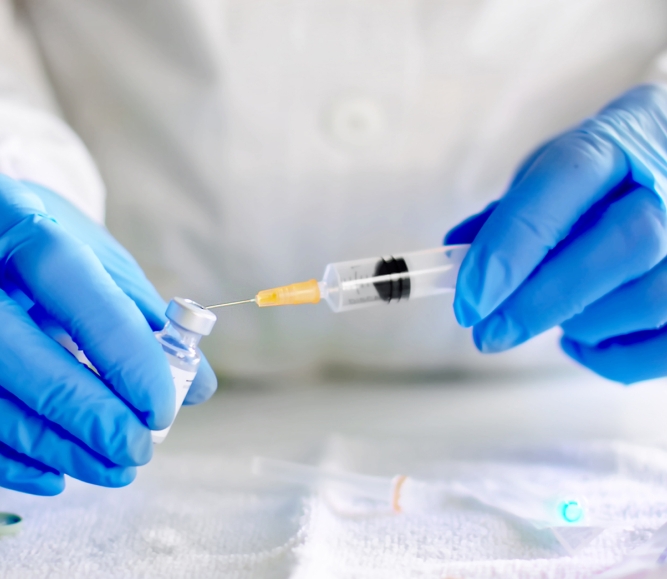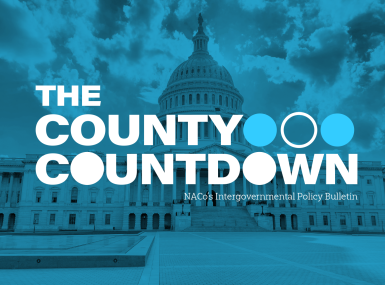White House announces new plan to increase COVID-19 testing in schools
Author

Blaire Bryant
Upcoming Events
Related News

Key Takeaways
On January 12, the White House announced plans to increase COVID-19 testing in schools with help from the U.S. Departments of Health and Human Services (HHS) and Education, and the Federal Emergency Management Agency (FEMA). The plan will provide an additional 10 million COVID-19 tests to K-12 schools each month to minimize disruptions to in-person learning and safely keep schools open.
Details of the plan include:
- Providing 5 million no-cost rapid tests to schools (K-12) per month by state request to the Centers for Disease Control and Prevention (CDC)
- Providing 5 million lab-based PCR tests to schools (K-12) per month for individual and pooled testing through the HHS’ Operation Expanded Testing Program
- Deploying federal surge testing sites with the assistance of HHS and FEMA with focus on the hardest hit and higher-risk communities
- Connecting schools with testing providers to set up school testing program with the use of American Rescue Plan Act funds
- Providing new training, resources and materials to implement the CDC’s test to stay guidance for reducing transmission while keeping students in school
Along with the new White House measures, local school districts can use resources from the Elementary and Secondary School Emergency Relief Fund (ESSERF) to support COVID-19 testing and mitigation measures. First authorized under the Coronavirus Aid, Recovery and Economic Support (CARES) Act of 2020 to help K-12 schools respond to the pandemic, the ESSERF most recently received an additional $130 billion in funds under the American Rescue Plan Act of 2021. Additionally, through the FEMA Public Assistance Program, K-12 schools and localities can continue to receive full federal reimbursement for diagnostic and screening testing programs.
County governments play a critical role in safeguarding public health and in supporting K-12 education, including by contributing funding to schools in Alaska, Maryland, North Carolina, Virginia and Tennessee. NACo will continue to monitor resources available to county governments and local school districts to address the impacts of COVID-19 on schools.
Resource
COVID-19 Vaccine Toolkit for Counties

Related News

Measles on the rise: What county officials need to know
Vaccination is the most effective defense against measles, and county leaders can use their voices to encourage uptake of the MMR vaccine.

NACo offers new Medicaid resources as Congress advances Budget Resolutions with major Medicaid reform implications
On April 10, the U.S. House of Representatives voted to adopt a Senate-passed budget resolution, marking the next step in the budget reconciliation process. The proposed funding levels therein represent significant potential cost shifts to counties, particularly in the area of Medicaid financing. To help county leaders understand what’s at stake, NACo has developed two new resources.

County Countdown – April 21, 2025
Every other week, NACo's County Countdown reviews top federal policy advocacy items with an eye towards counties and the intergovernmental partnership. This week features the ARPA reporting deadline, a budget reconciliation update and more
